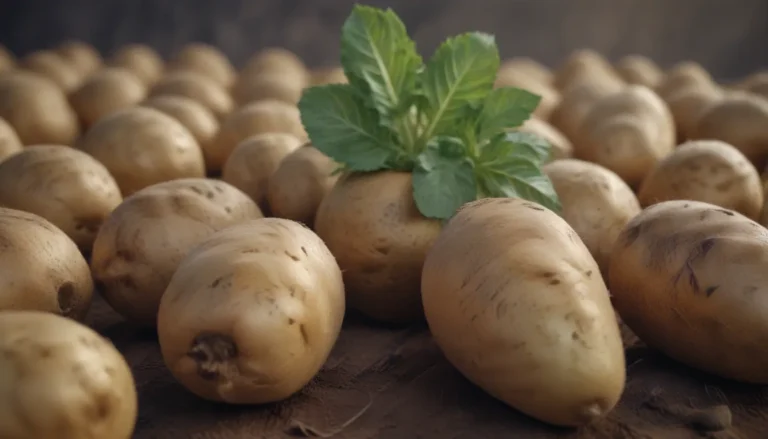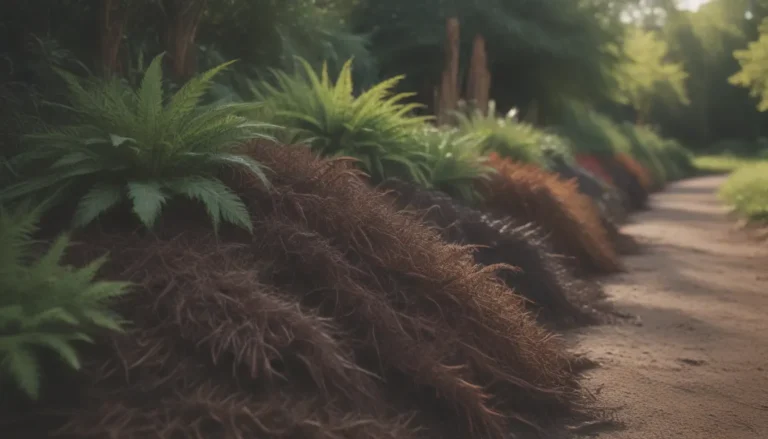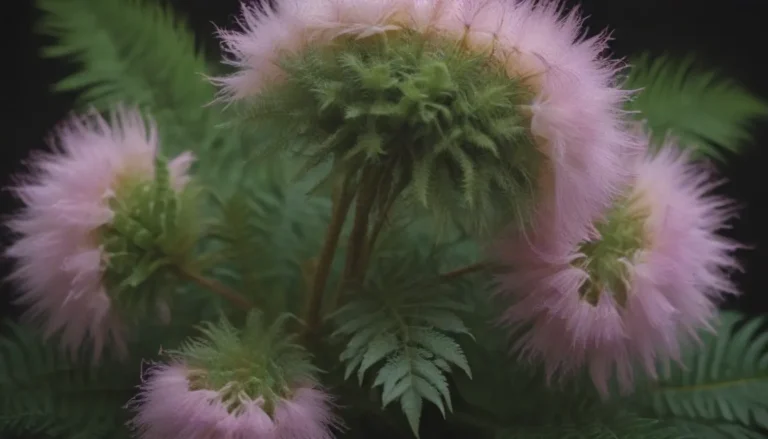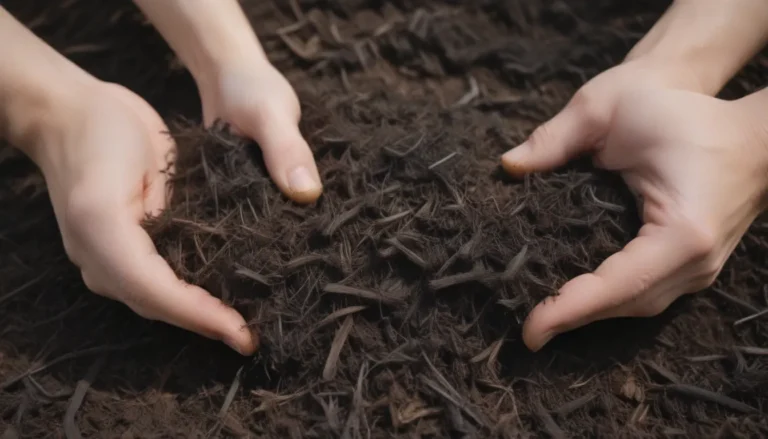Why is Your Monstera Droopy and How to Bring It Back to Life
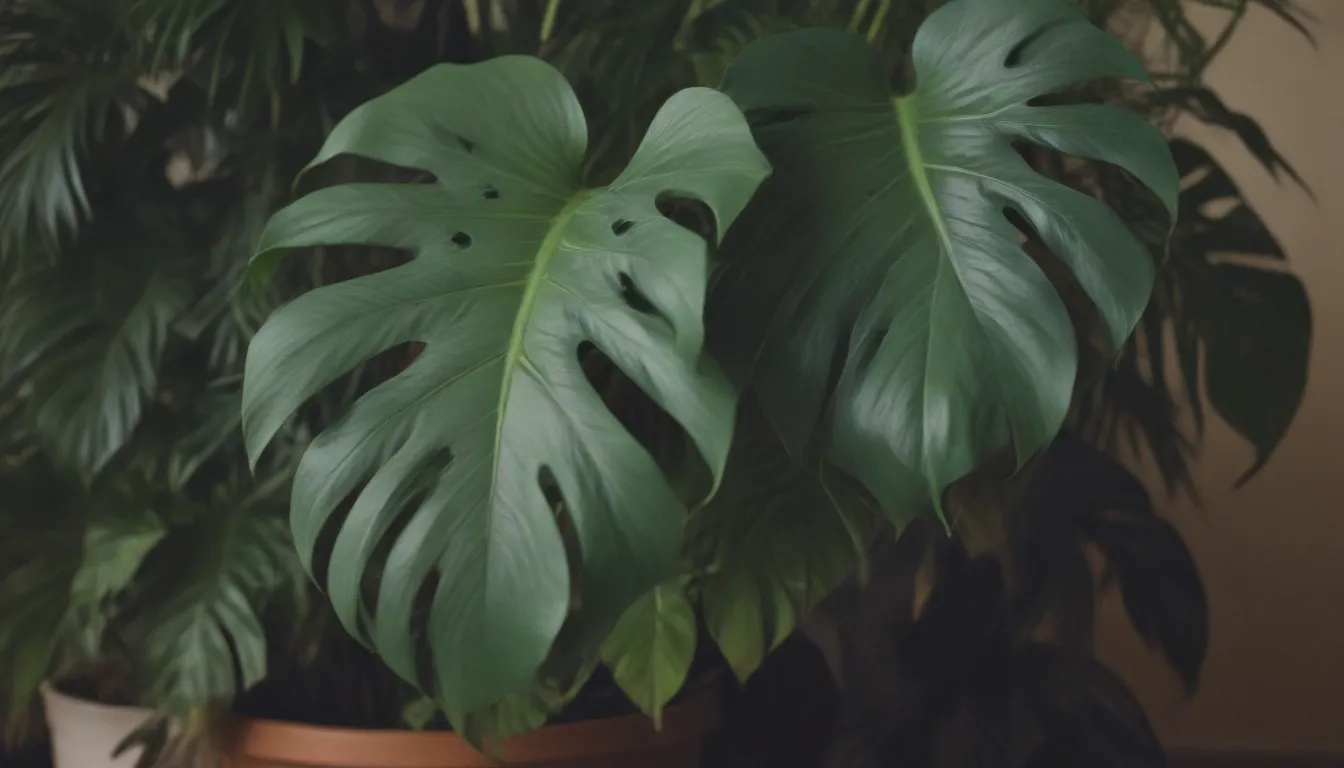
It’s a common woe among plant enthusiasts – you diligently care for your beloved Monstera, only to see it begin to droop. Don’t fret! A droopy Monstera is actually trying to communicate with you, signaling that it needs a little extra TLC. Whether it be thirst for water or a desire for more sunlight, there are a variety of reasons why your Monstera may be looking a little lackluster. The good news is, there are steps you can take to help revive your plant and have it thriving once again.
In this comprehensive guide, we’ll explore the reasons why your Monstera may be droopy and delve into expert tips on how to fix it. We’ve consulted with Justin Hancock, a knowledgeable horticulturist from Costa Farms, to provide you with valuable insights into caring for your Monstera plant. So, let’s roll up our sleeves and get ready to bring your droopy Monstera back to its lush, vibrant self.
Understanding the Reasons Behind a Droopy Monstera
When it comes to the droopiness of your Monstera plant, there can be several underlying factors contributing to its lackluster appearance. Let’s take a closer look at the three main reasons why your Monstera may be droopy:
1. Cold Damage
According to Hancock, one of the most common culprits behind a droopy Monstera, particularly the Monstera deliciosa, is cold damage. Monstera plants thrive in temperatures above 50 degrees Fahrenheit, so any exposure to colder temperatures can result in damage. It’s essential to be mindful of sudden temperature changes, especially when transitioning between warm indoor environments and cooler outdoor climates.
“If you live in the northern part of the United States and expose your plant to temperatures as low as 32 degrees, even for a brief moment, it can cause cold damage,” advises Hancock. To help your plant recover from cold damage, ensure it receives adequate light, water, and humidity. While the damaged growth may not bounce back, new growth should flourish under optimal conditions. Additionally, make sure to keep your Monstera away from cold drafts and air vents to prevent further damage.
2. Soil Moisture Levels
Another common reason for a droopy Monstera is dry soil. This is particularly prevalent in softer species like Monstera adansonii. To keep your plant happy and hydrated, make sure to water it regularly and monitor the moisture levels in the soil. A simple trick is to insert your finger into the soil and water the plant when the top 2 inches are dry. Since Monstera plants are native to tropical regions, they thrive in humid environments. Consider placing a humidifier nearby, relocating your plant to a humid bathroom with ample natural light, or clustering your plants together to increase humidity levels.
3. Over-Fertilization
In some cases, over-fertilization can cause a Monstera to droop. While this occurrence is relatively uncommon, excessive fertilization can lead to wilted leaves or browning. If you suspect that your plant has been over-fertilized, it’s best to flush out the soil with water to remove any excess nutrients or salts. When fertilizing your Monstera, be sure to dilute the fertilizer as per the instructions on the packaging to avoid causing stress to the plant. Monitoring the soil’s nutrient levels and adjusting the fertilization routine accordingly can help prevent over-fertilization and keep your Monstera healthy and thriving.
Nursing Your Droopy Monstera Back to Health
Now that we’ve identified the common reasons behind a droopy Monstera, let’s explore practical steps you can take to revitalize your plant and restore its vigor.
Checklist for Fixing a Droopy Monstera:
- Ensure the soil isn’t dry and water your Monstera if needed
- Flush out excess nutrients and salts from the soil caused by over-fertilization
- Protect your Monstera from cold drafts and air vents to prevent cold damage
Remember, misting your Monstera plant may not be the most effective method for increasing humidity. According to Hancock, “Misting a tropical plant like Monstera is more therapeutic for the gardener than it is for the plant.” Instead of relying on misting, consider investing in a humidifier or grouping your plants to create a more humid environment for your Monstera to thrive in.
Recognizing Signs of Plant Stress
To ensure your Monstera remains healthy and happy, it’s essential to be mindful of signs indicating stress or dehydration. An underwatered Monstera deliciosa or Monstera peru may exhibit leaves that appear dull or lackluster. On the other hand, a Monstera adansonii’s leaves may appear faded or slightly gray-green when parched. As dehydration progresses, the leaves may begin to wilt, followed by browning of the leaf tips and edges. By recognizing these early signs of stress, you can take prompt action to address the underlying issue and prevent further damage to your plant.
In conclusion, caring for your Monstera plant involves understanding its unique requirements and responding to its signals with care and attention. By addressing common issues such as dry soil, cold damage, and over-fertilization, you can help your droopy Monstera regain its vitality and thrive in its environment. With a little TLC and the right knowledge at hand, you can enjoy a flourishing and vibrant Monstera plant that brings joy and beauty to your living space. So, roll up your sleeves, grab your watering can, and let’s bring your droopy Monstera back to life!


